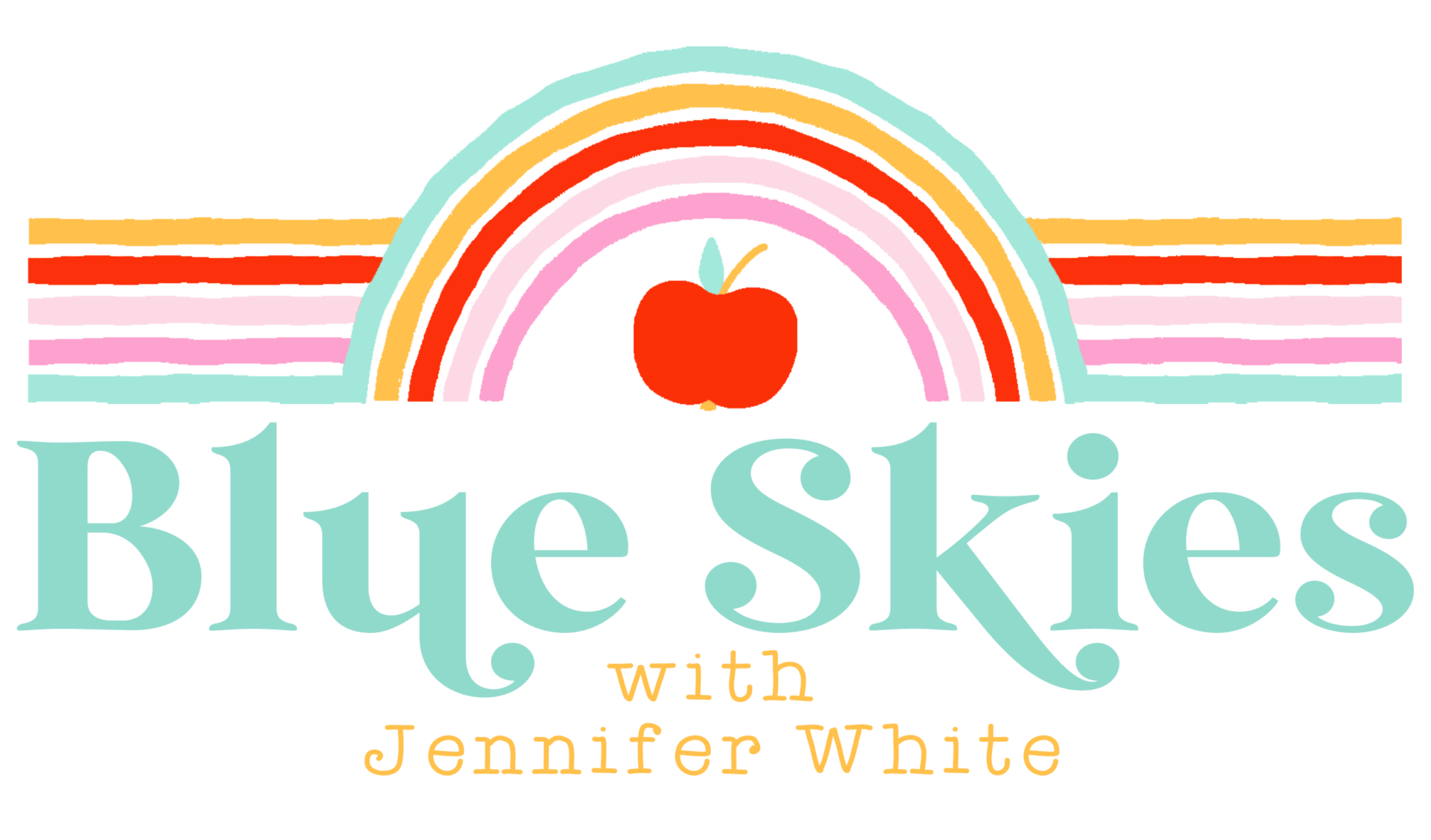Estimation: Making Sense of Math
More Estimation Ideas
We are busy.
There, I said it.
We are so busy that sometimes we forget or run out of time to do special activities with our class.
With that said, it’s important to make those activities part of your daily or weekly routine, then they are less likely to fall by the wayside.
Estimation is one of those activities that is easy to forget, or think that it isn’t *super* important.
But it is.
Estimation, as it turns out, is something we use as adults ALL.THE.TIME.
{HERE} is a great article about the importance of estimating by My Learning Springboard
This is what the site Math Solutions had to say:
- Make estimation an integral part of computing.
Most of the math that we do every day—deciding when to leave for school, how much paint to buy, what type of tip to leave in a restaurant, which line to get in at the grocery store relies not only on mental math but estimations. However traditional textbook rounding exercises don’t provide the necessary context for students to understand estimating or build number sense. To do that, estimation must be embedded in problem situations.


My room
I show my students our estimation station filled with whatever we’re estimating this week (it could be candy, toy soldiers, or seasonal items!) We discuss what “estimations” are (good guesses). I show them the little scoop that came with the kit and we fill it with the chosen objects and we discuss how many of those groups could be in the station for it to make sense. So if the scoop will hold 15 erasers, and we estimate 4 or 5 scoops in the station, 300 is not a reasonable guess. We think it through TOGETHER.

The next step is to give each student a post-it note and they record their prediction on it. They stick the post-its to our white board. They fill out the first box of the page below and draw the items in the jar of their estimation page.

After they record their predictions, we count out the items and make groups of 10 (or 5…or 2) and then we go back to our desks and record what the actual count was on the page and whether or not our guess was close.

Now for the important part, we go through the post-it notes on the board and decide if the guess is less than or greater than the actual number of items. Then we place the post it note where it goes inside the hoop.

You can find the FREEBIES {HERE}
We keep the recording pages in our math binders to use for several weeks. If you’d like to purchase your own Estimation Station like the one I use:
Here are some more ideas from great bloggers!
This picture comes from First Grade Parade. For more information on how she uses her estimation station, click {HERE}
For early learners, how about this idea from Play to Learn Preschool where the kids move the jars to match their estimate on the big number line?

*****
Here is a great post from Second Grade Math Maniac about how she allows her students to make 2 guesses during the week and Friday’s winner gets to take the jar home to fill!

*****
Some sweet friends and I have been participating in a Number Sense Linky Series. You can find last week’s post {HERE} all about Math Strategies.
Want to join in on future posts?
Here is our schedule for post topics:

You should link up below with your post on estimation, even if it’s not new or recent!!









I LOVE all of the ideas on this post! I’m definitely getting that estimation station and using the greater than/less than each week! 🙂